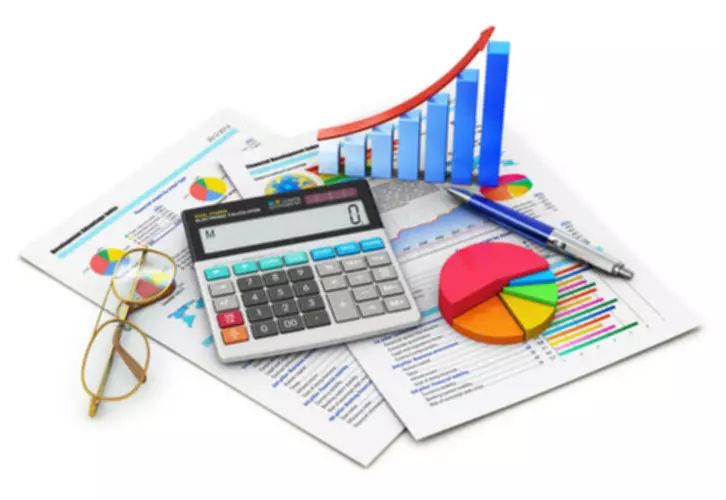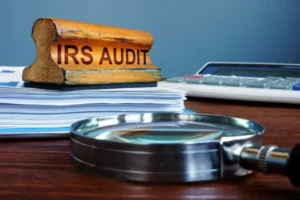Content

We can help you create and send invoices, as well as keep tabs on every step of the sales process. An invoice or purchase order number can also be used to integrate with logistics and inventory software to further optimize your inventory management and purchasing process. When the PO invoice arrives at accounts payable, it will be compared against the purchase order to confirm that all data match.

The buyer issues a purchase order, which allows the seller to provide a service or product at a particular price. Then, the invoice is considered the bill and is given to the seller once the service or product has been completed or delivered, with appropriate difference between purchase order and invoice payment terms such as due upon receipt. Both documents are essential for finance departments and small business owners. Therefore, it’s a good idea to learn about both options and why they’re so important in the accounts payable domain.
Submit a purchase requisition
Learn how to systematically eliminate these issues with the right invoice data capture software. Discover how GPT-4 medical record summarization and advanced AI technologies can transform health care operations, streamline workflows, and enable providers to focus on patients. More specifically, the buyer’s purchasing or procurement department issues https://www.bookstime.com/ it. If everything checks out, it initiates the payment process to pay the vendor. Some large companies don’t send the PO but just notify the vendor to log into their procurement portal, examine the PO, and either accept it with an e-signature or reject it. Hopefully, by now, the difference between purchase orders and invoice procedures is clear.
- Once the seller records the purchase order number from the buyer, they can reference it on the invoice to show the product or services that were pre-approved.
- On the other hand, an invoice is created after the goods or services have been rendered.
- Additionally, manual documents frequently become jumbled or, even worse, vanish, creating problems during disputes or audits.
- In this article, we will explore the differences, purposes, and functions of purchase orders (PO) and invoices, and identify when and how to use them for your business.
- It outlines order details, product specifications, billing terms and shipping terms.
Of course, the purchase order of anything is a legally binding contract, as is the invoice. Therefore you’ve got an agreement between the vendor and purchaser, and certain actions are required as specified in these documents. PO invoices contain details about the goods or services procured, and a matching purchase order number.
How to manage your company’s Purchase Orders and Invoices?
On the other hand, an invoice is a document issued by a seller to a buyer requesting payment for goods or services rendered. It serves as a transaction record and includes details such as the itemized list of goods or services, the total amount due, and the payment terms. You can also send an invoice after you’ve delivered goods and services (popular with freelancers), and it usually contains a payment due date.

An invoice generally includes the description of the products that must be delivered to the client, the price of the items, and the payment details. Today most companies use online invoicing services (like Finom) to issue invoices and accept payments from their customers. A purchase order is a document that a buyer sends to a supplier, detailing the goods or services they want to purchase.
purchasing looks like.
That’s why you’ll include all the details you can think of, such as the exact color, size, and style of a product or a breakdown of the specific services. It’s like giving the seller a map to follow so they know what you need. By including these details in your invoices, you can ensure that your customers clearly understand what they’re paying for and how to pay you, helping you manage your finances more effectively. For example, some invoices may include additional details, such as taxes or shipping costs, while others may be used for recurring payments or tracking time and materials on a project. Once the supplier receives the purchase order, they can prepare it and send it to the buyer.
While a deadline of 30 days might be appropriate, you might also wish to send a payment reminder to your clients before assessing any late fees. The purchase order number is primarily used for accounting purposes, helping financial personnel monitor expenses. A purchase order number may also be used internally when the procurement process demands approval before purchases can be made. These numbers can be used to document POs once they are given final approval. Most retail software can generate this number automatically when a new purchase order is created. Both the buyer and the seller will use this number throughout the buying process.
Use Automated 3-Way Invoice Matching to Streamline Your Accounting Practices
Your AP team will receive the invoice and verifies if the data is correct through the purchasing department. In short, an invoice is sent by the vendor, whereas a bill is received by the customer for the same purchase. • If the invoice has the right information, they process it manually or update the details in their payment software. It contains the buyer’s and seller’s information, terms and conditions, number of items ordered, their price and discount, and total money owed by the buyer. There is software that automatically generates this document where you have to input the purchase order details like a list of items, specific codes, and others.

Additionally, invoices help buyers keep track of what they owe to sellers. Using invoices alongside purchase orders helps you track your transactions and ensure you’re getting paid for your work or products you’ve sold. Plus, invoices record your sales and payments, which is essential for staying organized and reconciling your accounts. As a small business owner, invoicing is essential to managing your finances.
Three Unique Architectures For Deep Learning Based Recommendation Systems
Companies can track payments and do official expense analyses using this data. In addition, an invoice by itself does not constitute a contract that is enforceable in court. But if the other requirements of a contract are satisfied, it can be a part of a binding agreement. In the event of an audit, invoices serve as tangible evidence of what your company paid for. A purchase order (PO) is a document that a buyer sends to a seller to authorize the purchase of goods.
What is difference between PO and Non-PO invoices?
In other words, companies receive non-PO invoices when they spend money on something outside of their normal purchase or procurement process. While using a PO is considered best practice, going through the PO process doesn't always make sense for legally contracted services or smaller purchases.







